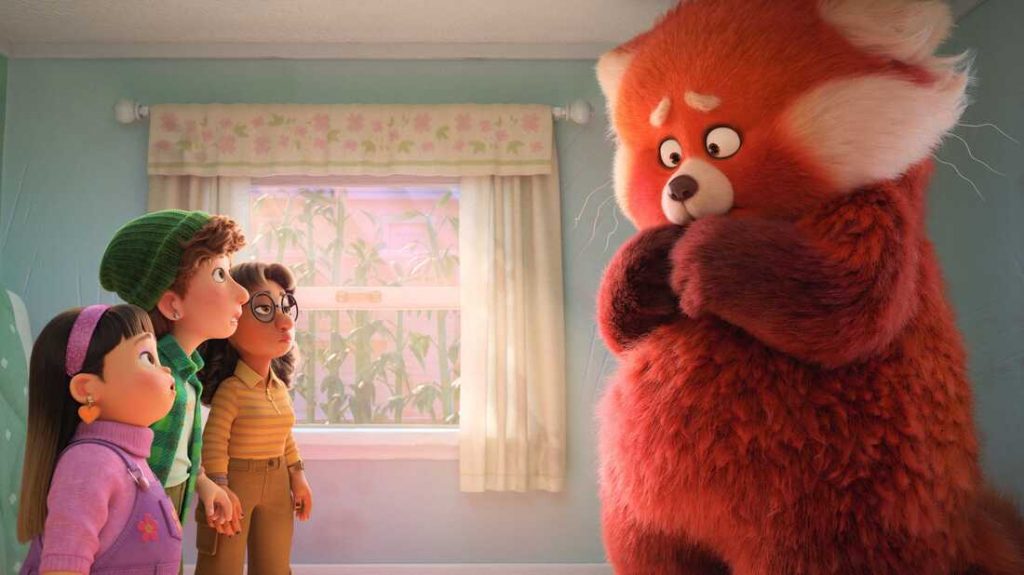Let me get this out of the way: a lot of people don’t get “Turning Red.” The reason these people don’t get it has nothing to do with the film’s accessibility or its messages, which are far more universal than it is given credit for, particularly with its portrayal of “tiger parenting” (or panda parenting in this case) — these critics don’t get “Turning Red” because it shows a perspective on a coming-of-age story that has not been previously represented by Disney.
It is a surprising and saddening fact that “Turning Red” is the first female-directed Pixar film, and it has the first Asian Pixar full-length film lead in over a decade. Beyond this, the film’s director, Domee Shi, is also a millennial and thus brings a far more contemporary perspective to growing up than many other films trying to capture the same angle. The result is one of the most diverse and refreshing films in Pixar’s recent catalog.
Shi’s perspective makes the topics of puberty and adolescence come across for what they truly are: awkward and anxiety-inducing. It feels extremely real and relatable for younger audiences who are going through these changes in a very similar way to Mei, the film’s main character, and opens up the door to feel more comfortable addressing these struggles, making clear that no one is alone in them. It’s this nontraditional outlook that feels very much inspired by the recently revived series “The Proud Family” that has made stuffier and more conservative critics confused, for they fail to grasp just how progressive this message truly is.
“Turning Red” has also received aversion in the face of its extremely diverse cast and world-building, instead of praise. It is only ironic to laud such an inclusive work in the same age as Disney comes under fire for its funding of Florida’s homophobic legislative bills. Shi makes her directorial debut count by showing her culture and the flaws that can come with it, as well as fully embracing femininity in a manner that has made these critics confused. It’s a relief, then, that embracing the film’s nontraditional perspective has become the majority opinion.
The facts are this: several people simply don’t realize how needed films like “Turning Red” are now, and their predilections blind them to the reality of one of the more game-changing animated films of our time.
Aside from the shine of its laudable perspectives, “Turning Red” hits all of the notes that make a good Pixar film. The style is beautiful, the animation is as smooth and crisp as one can ask for, the jokes hit just right and the plot manages to pull on all of the necessary heartstrings to make it truly endearing. The cast is also full of icons who will hold a clear spot in the Pixar lore for years to come. It is a nonstop joyride that continuously entertains until the credits roll and makes you want to turn to YouTube compilations of its best moments afterward.
Unfortunately, “Turning Red” follows the Pixar formula a little too closely, and this proves to be the film’s biggest flaw. All of the plot beats, while well executed, are also pretty predictable and don’t add much flavor to the creative backdrop of puberty. In particular, its classic Pixar twist can be seen from a mile away. I also found the metaphor of the panda to become a tad trite as the film went on, a fun but on-the-nose personification of puberty.
Don’t get me wrong though, a formulaic Pixar film is still better than the majority of animated motion pictures, and “Turning Red” contains fun and enjoyment for all. Truly the start of a new age for Pixar.
Rating: 4 out of 5 stars



